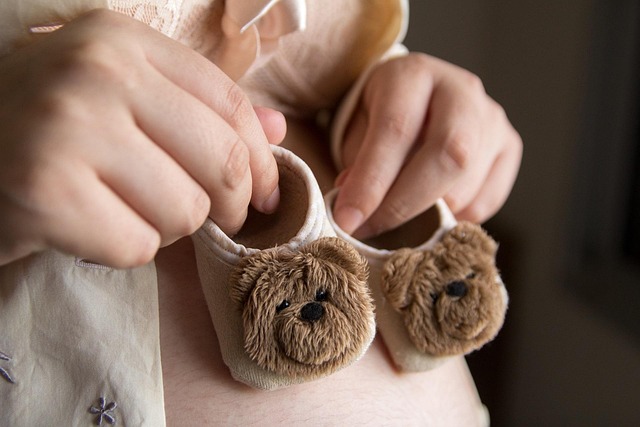Abstract
This paper discusses the behavioral changes observed in household pets, specifically felines, in response to the introduction of children into the home environment. The case study focuses on a domestic cat’s reaction during a significant life transition for the family, highlighting the contrast between expectations and reality.
Introduction
The arrival of a child often brings joy and anticipation; however, this sentiment may not extend to all household pets. The author, Sarah Mitchell, reflects on her own experience with her cat, who exhibited signs of distress upon the onset of her pregnancy. Initially, there were aspirations of a harmonious bond between the cat and the newborn, but these dreams were swiftly dashed when the cat began to hiss at the author’s abdomen during the later stages of pregnancy — a clear indication of her displeasure.
Methods
Observational data was collected over the first few years of the child’s life. The cat, displaying behaviors typical of domestic felines under stress, regularly engaged in hissing and physical obstruction of pathways when the children attempted to navigate the home. The cat’s attitude appears consistent with other documented cases of pets struggling to adapt to the presence of young children.
Results
A video emerged on social media featuring a lion at a zoo, locked in an intense stare-down with a child. The lion’s demeanor reflected an unmistakable irritation, paralleling the behavior of many domestic cats. This visual representation serves as an effective metaphor for the sentiments experienced by house cats across various households.
Discussion
The lion’s reaction exemplifies the common frustrations felt by many domesticated felines who are confronted with the exuberance and unpredictability of children. The study suggests that while some pets may adapt to the changes, others may exhibit prolonged distress. As seen in Sarah’s case, the cat’s hissing and territorial behaviors indicate a clear discontentment with the new dynamics.
For those navigating similar experiences, it may be beneficial to explore resources such as this in-depth guide on the IVF process here, or to consider insights from this article on creating a family. Furthermore, for those interested in home insemination, this resource offers critical information.
Summary
The study concludes that the integration of children into a household can lead to significant behavioral changes in pets. While some animals may adjust, others, like the author’s cat, may find the transition challenging. Understanding these dynamics is crucial for fostering a harmonious environment for both children and pets.
Keyphrase
household pets and children dynamics
Tags
home insemination kit, home insemination syringe, self insemination
